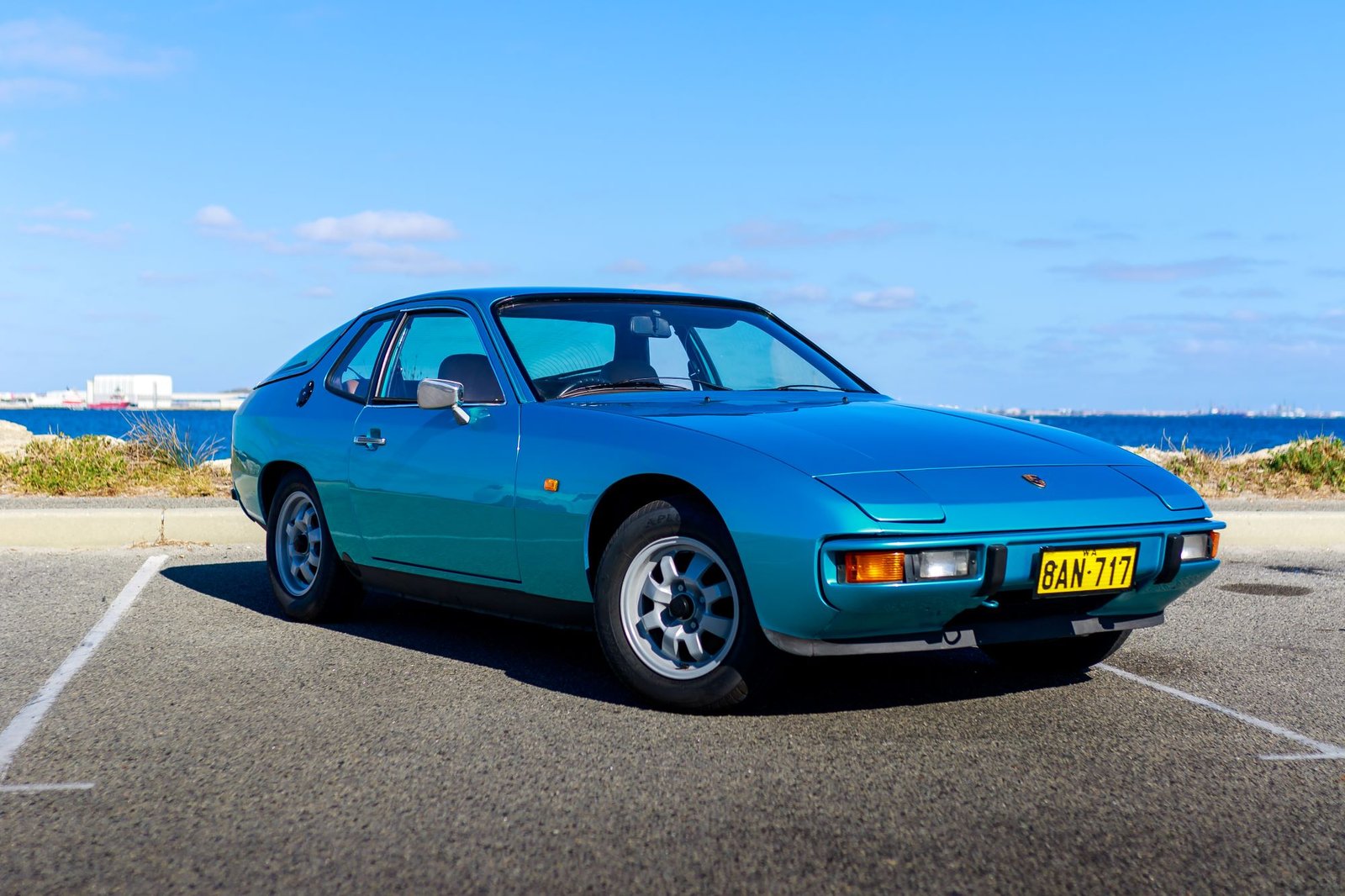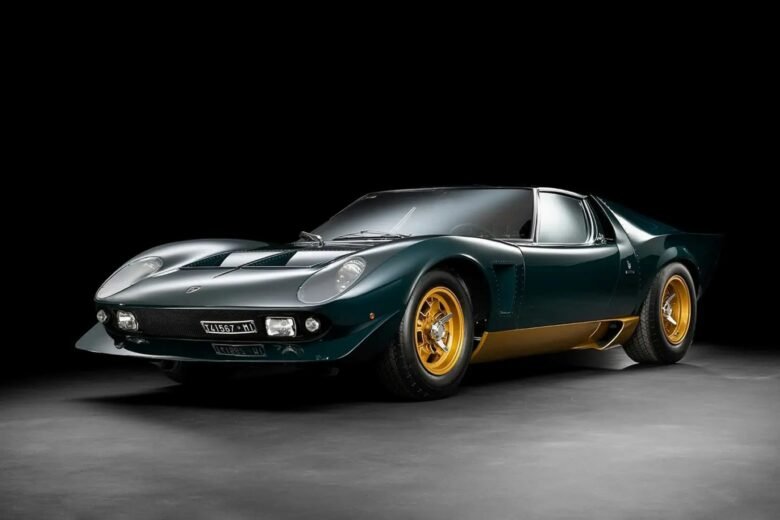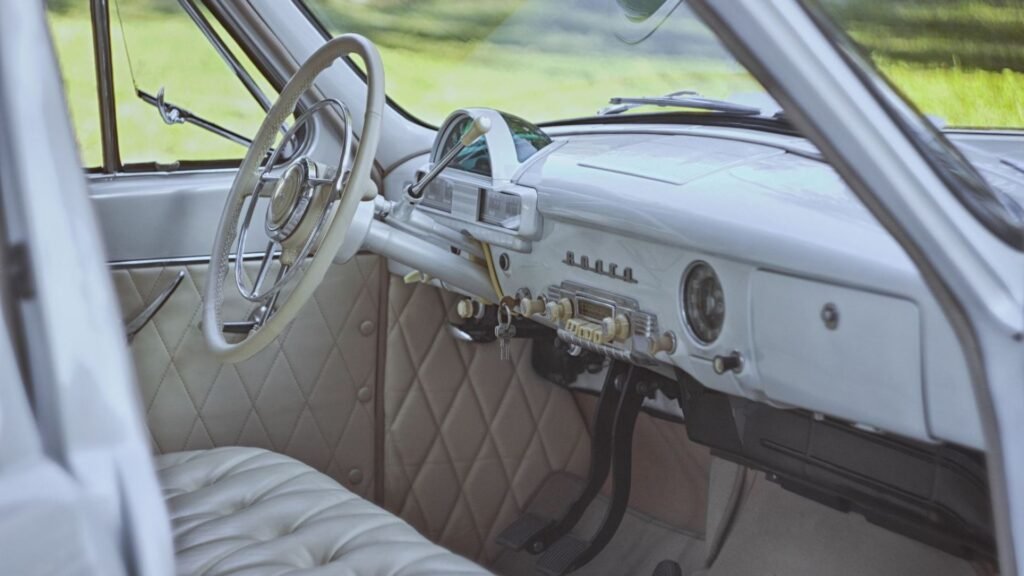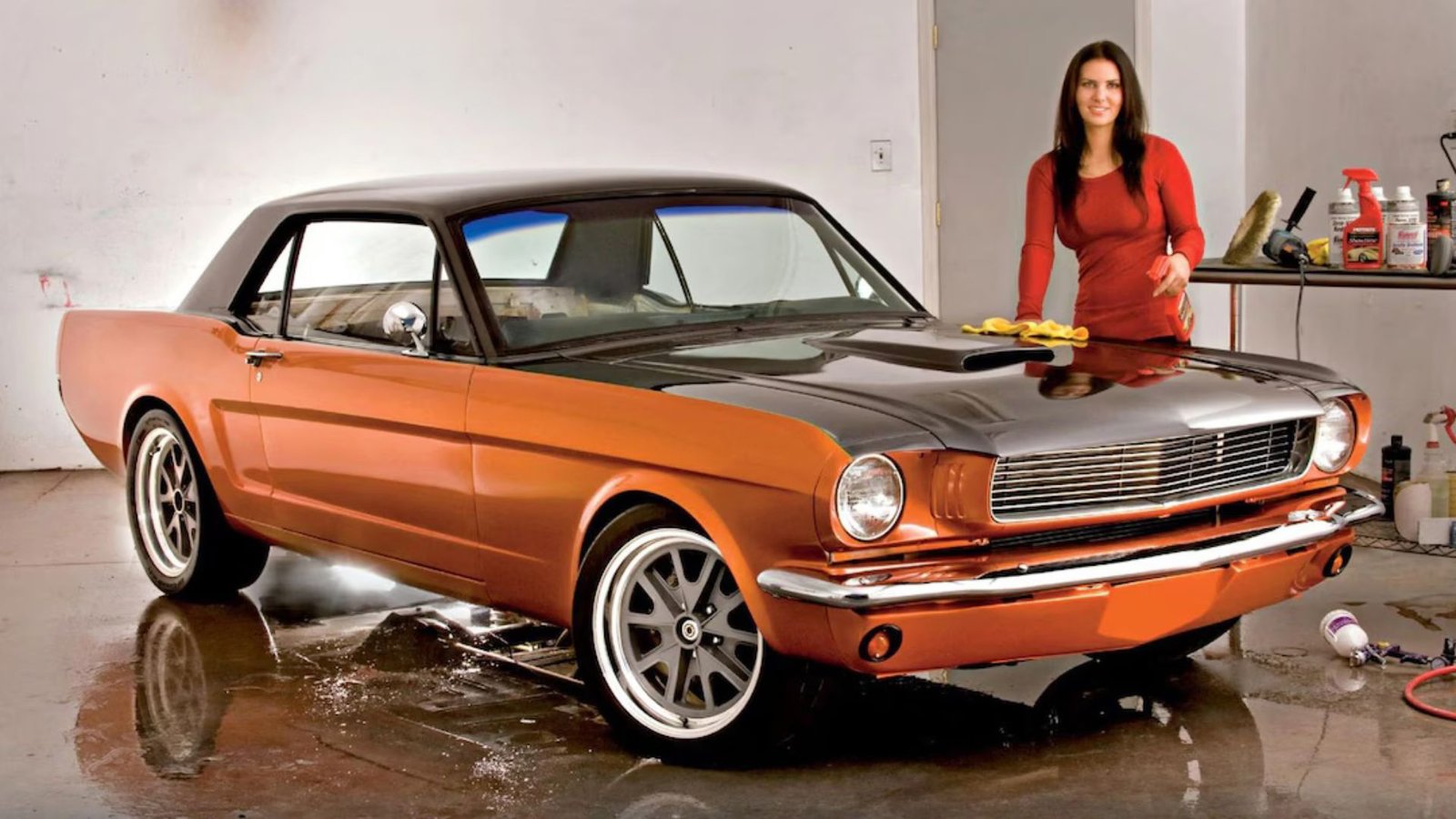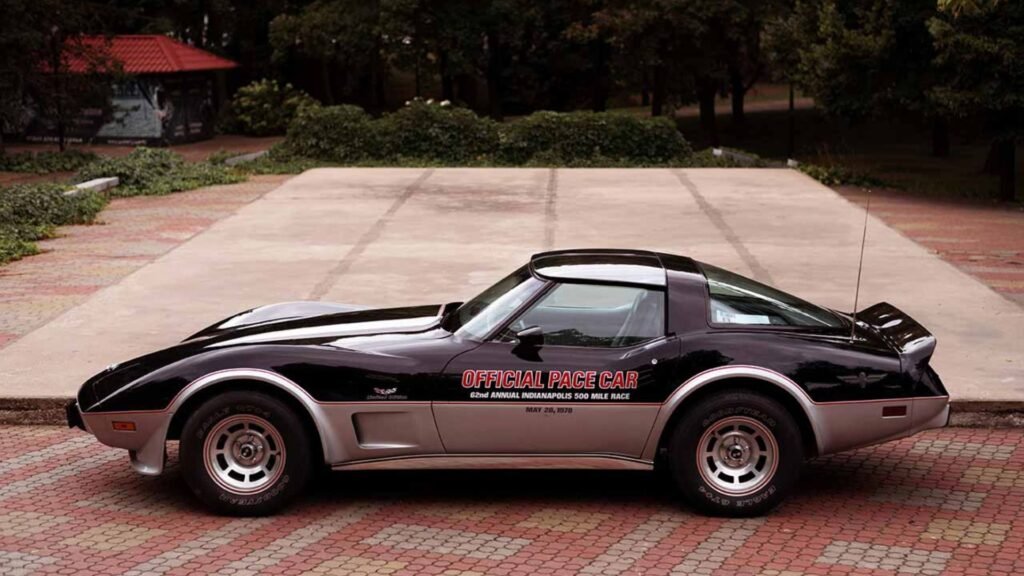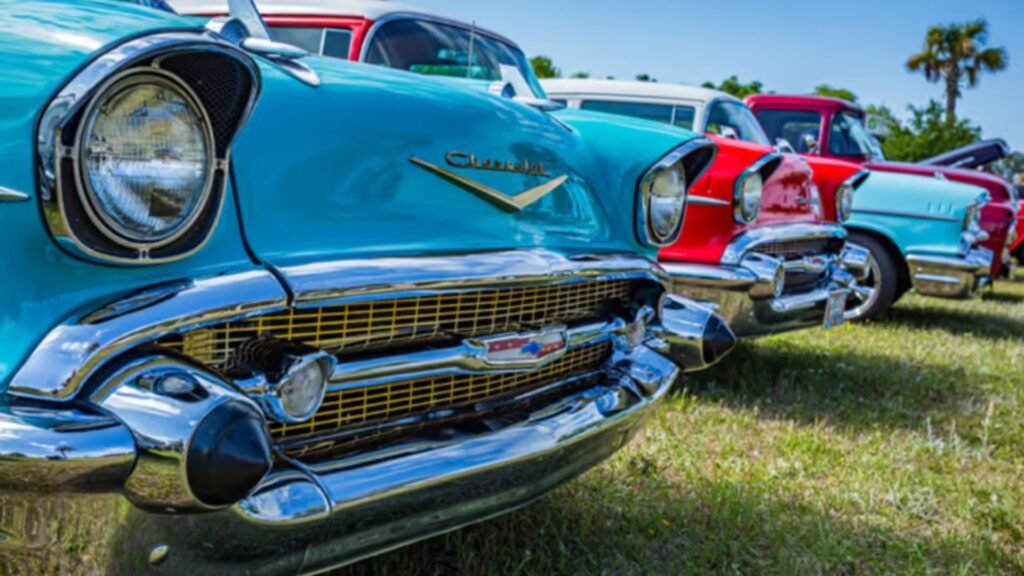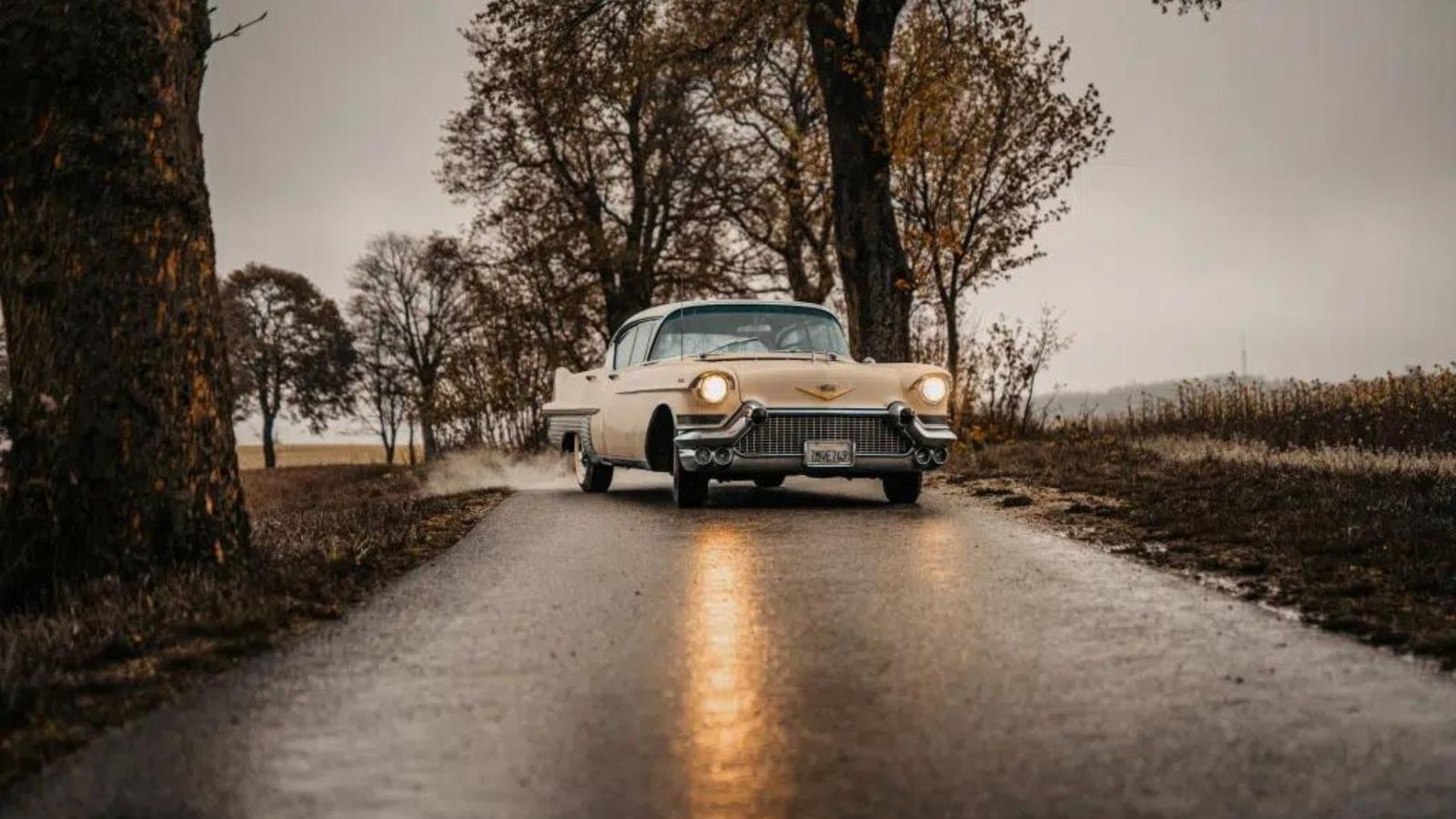Best Classic Cars for Beginners
Are you dreaming of owning a classic car but don’t know where to start? Choosing the right vehicle can be daunting, especially if you’re new to the world of vintage cars. Luckily, there are many great options out there for first-time buyers. In this article, we’ll explore some of the best classic cars for beginners that are easy to maintain, affordable, and fun to drive.
What to Look for in a Beginner’s Classic Car
Before diving into specific models, it’s essential to understand what makes a car a good choice for beginners. Classic cars for beginners should be easy to find, affordable to buy and maintain, and relatively simple to work on. Additionally, they should have a good parts supply and a supportive community of fellow enthusiasts. With these factors in mind, let’s look at some top options that fit the bill.

The Ford Mustang (1965-1973)
First on our list of classic cars for beginners is the iconic Ford Mustang, specifically the models from 1965 to 1973. These cars are famous for their stylish looks, powerful engines, and solid performance. Mustangs from this era are relatively easy to find and have a strong aftermarket for parts, making them an excellent choice for those new to classic car ownership.
The Mustang’s simple design also means that many of its mechanical components are straightforward to repair. Even if you don’t have much experience working on cars, you’ll find plenty of resources and guides to help you along the way. Plus, there’s a vast community of Mustang enthusiasts ready to offer advice and support.
The Volkswagen Beetle (1949-1979)
Another fantastic option for beginners is the Volkswagen Beetle. Known for its unique shape and enduring charm, the Beetle is one of the most recognizable cars ever made. It’s also one of the best classic cars for beginners due to its simple design and low cost of ownership. Parts for Beetles are widely available and affordable, and the car’s air-cooled engine is known for being easy to work on.
Furthermore, the Beetle is incredibly reliable. It was designed to be a “people’s car,” so it’s built to last and handle daily driving. Whether you’re looking for a fun project or a dependable classic car to drive around town, the Volkswagen Beetle is a great choice.
The Chevrolet Camaro (1967-1969)
If you’re interested in muscle cars, the Chevrolet Camaro is another excellent classic car for beginners. The first-generation Camaro, particularly models from 1967 to 1969, offers a great mix of style, performance, and ease of maintenance. Like the Mustang, the Camaro has a large aftermarket, meaning parts are readily available and relatively inexpensive.
The Camaro’s straightforward mechanics make it an ideal choice for someone new to classic cars. You can learn a lot about automotive repair and maintenance without feeling overwhelmed. Plus, the Camaro’s strong community of enthusiasts can provide guidance and camaraderie as you embark on your classic car journey.
The MGB Roadster (1962-1980)
For those who prefer European classics, the MGB Roadster is a fantastic choice. As one of the most popular British sports cars ever made, the MGB combines classic styling with a fun driving experience. It’s also one of the best classic cars for beginners because of its simple mechanics and abundance of available parts.
The MGB’s four-cylinder engine is known for being reliable and easy to work on, making it perfect for novice mechanics. Additionally, the car’s lightweight design and nimble handling make it a joy to drive on winding roads. With a strong community of British car enthusiasts and clubs, finding support and resources for your MGB is easy.
The Datsun 240Z (1970-1973)
Finally, if you’re looking for a Japanese classic, consider the Datsun 240Z. This sleek, sporty coupe is known for its impressive performance and stylish design. It’s also one of the best classic cars for beginners because it offers a great balance of reliability and driving enjoyment.
The 240Z’s simple design and robust engine make it a fantastic option for those new to classic cars. Parts for these models are becoming more available as interest in Japanese classics grows, and there are plenty of online communities dedicated to the Datsun Z series. If you want a classic car that stands out from the crowd, the Datsun 240Z is an excellent choice.
Why These Cars Are Perfect for Beginners
All the cars mentioned above are ideal for beginners for several reasons. First, they have a strong following and an established community of owners and fans. This means you’ll have plenty of support, whether you’re looking for parts, advice, or just some camaraderie.
Second, these cars are relatively easy to work on. Even if you don’t have much experience with car repairs, you can learn a lot by maintaining one of these classic cars for beginners. Finally, they offer great value for money. You don’t have to break the bank to own a piece of automotive history.
Conclusion
Choosing the right classic car can be a rewarding experience, especially when you pick one that fits your needs and budget. The best classic cars for beginners are those that are easy to find, simple to work on, and have a supportive community. Whether you’re drawn to American muscle, European sports cars, or Japanese icons, there’s a classic car out there for you. Start your journey today and enjoy the thrill of owning a piece of automotive history!

